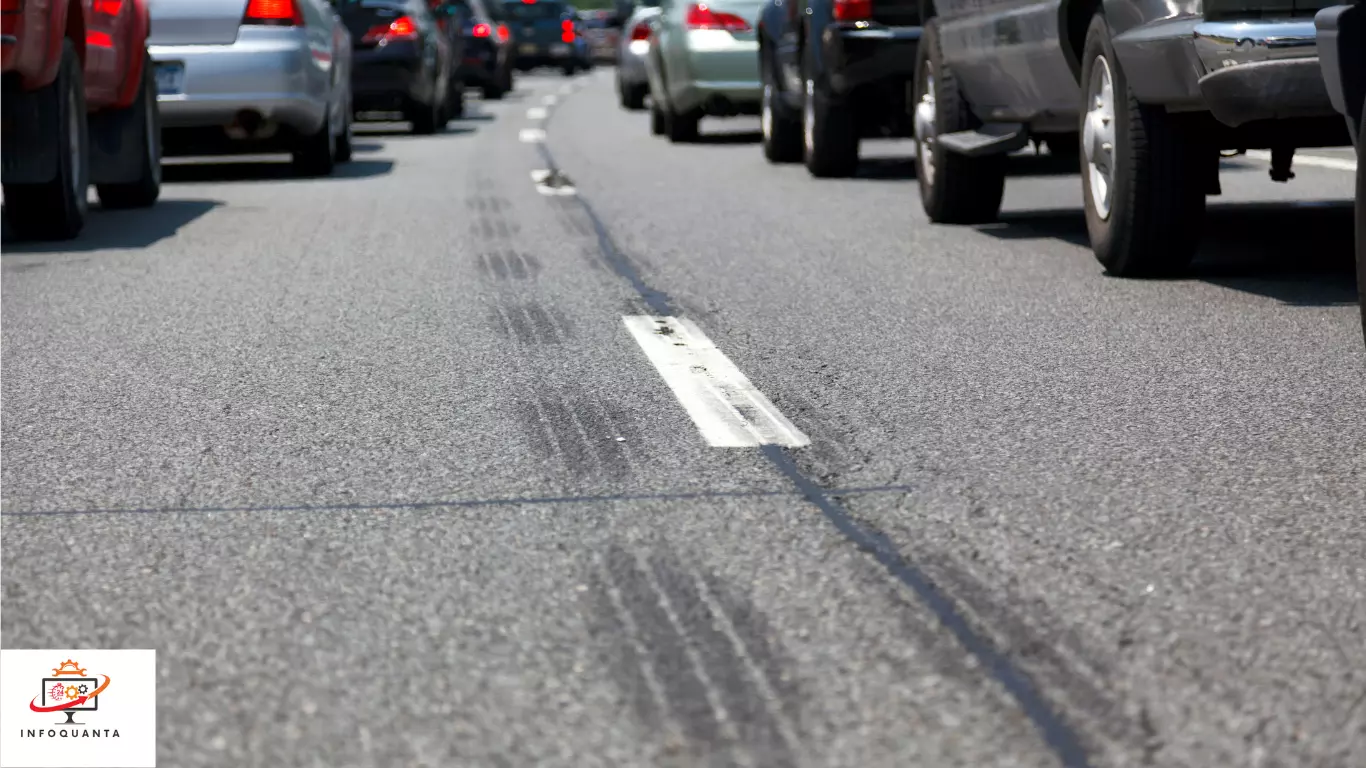Flooring in high traffic areas faces a unique set of challenges. From commercial spaces bustling with customers to busy households with children and pets, the demand for durable and scratch-resistant flooring is paramount.
In this comprehensive guide, we’ll explore the various types of flooring suitable for high traffic areas, delve into their scratch resistance capabilities, and address common questions related to the topic.
Flooring for High Traffic Areas:
When selecting flooring for high traffic areas, durability and resistance to abrasion become top priorities. Several flooring options excel in these aspects:
- Porcelain or Ceramic Tile: Known for their toughness, porcelain and ceramic tiles are highly durable and resistant to scratches. They handle heavy foot traffic well and are also water-resistant, making them suitable for various environments, including kitchens and bathrooms.
- Luxury Vinyl Flooring: Modern luxury vinyl flooring combines durability with a wide range of design options. It’s resistant to scratches, water, and stains, making it an excellent choice for both residential and commercial high traffic areas.
- Concrete Flooring: In industrial or contemporary settings, polished concrete is a sturdy option. It’s highly resistant to wear and tear, making it ideal for spaces with heavy machinery or constant foot traffic.
- Natural Stone Flooring: Options like granite, travertine, and slate offer a luxurious and durable solution. While they might require more maintenance, their innate scratch resistance and enduring beauty make them valuable contenders.
- Engineered Hardwood: Unlike solid wood, engineered hardwood is less prone to warping and scratching due to its layered construction. It brings the warmth of wood while being more resilient in high traffic zones.
- Rubber Flooring: Commonly found in gyms and commercial spaces, rubber flooring can handle significant foot traffic, absorbs impact, and resists scratches and scuffs.
Scratch Resistance in Flooring:
When evaluating scratch resistance, factors such as material hardness, finish, and protective coatings come into play. Flooring materials are often classified on the Mohs scale of hardness, with diamonds being the hardest at 10. Some scratch-resistant contenders include:
- Porcelain Tile: Its hard surface and baked-on glaze provide excellent scratch resistance.
- Luxury Vinyl: The wear layer on luxury vinyl planks shields against scratches and abrasions.
- Laminate Flooring: While not as scratch-resistant as some other options, modern laminates have improved coatings that enhance their durability.
- Bamboo Flooring: Bamboo’s hardness rivals hardwood, but its scratch resistance varies based on the manufacturing process and protective finish.
Comparing Scratch Resistance:
In a head-to-head comparison of scratch resistance:
- Porcelain Tile vs. Luxury Vinyl: Both offer impressive scratch resistance, but porcelain tile edges out due to its extreme hardness and resistance to staining.
- Engineered Hardwood vs. Laminate: Engineered hardwood holds an advantage with its genuine wood top layer, providing better scratch resistance compared to laminate’s photographic layer.
FAQs:
1: Is hardwood flooring a good choice for high traffic areas?
A1: Solid hardwood might not be the best due to susceptibility to scratches. Engineered hardwood is a better option as its construction enhances scratch resistance.
2: Can I use rugs to protect flooring in high traffic zones?
A2: Yes, using rugs or runners can provide an extra layer of protection. Ensure they have non-slip backings to prevent accidents.
3: Does scratch-resistant flooring eliminate the need for maintenance?
A3: While scratch-resistant flooring is more durable, regular cleaning and maintenance are still necessary to prolong its life and aesthetics.
4: Can I install porcelain tile myself in a high traffic area?
A4: Installing porcelain tile requires skill due to its weight and proper grouting. Hiring a professional ensures a lasting and visually appealing installation.
5: How does floor finish affect scratch resistance?
A5: A high-quality finish or protective layer enhances scratch resistance. Ensure the flooring’s manufacturer-recommended finish is used and reapplied as needed.
Conclusion:
Selecting the right flooring for high traffic areas involves considering factors like material durability, scratch resistance, and maintenance requirements. Porcelain tile, luxury vinyl, engineered hardwood, and other options mentioned here offer a balance of durability and style. By understanding the nuances of scratch resistance and making informed choices, you can ensure your flooring withstands the tests of time, traffic, and everyday life.

